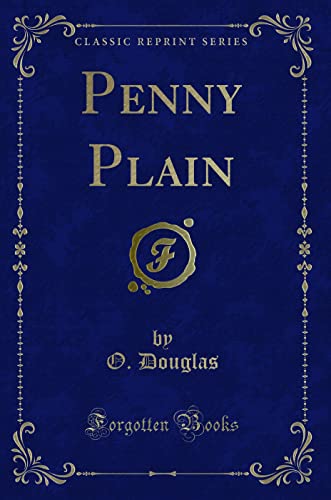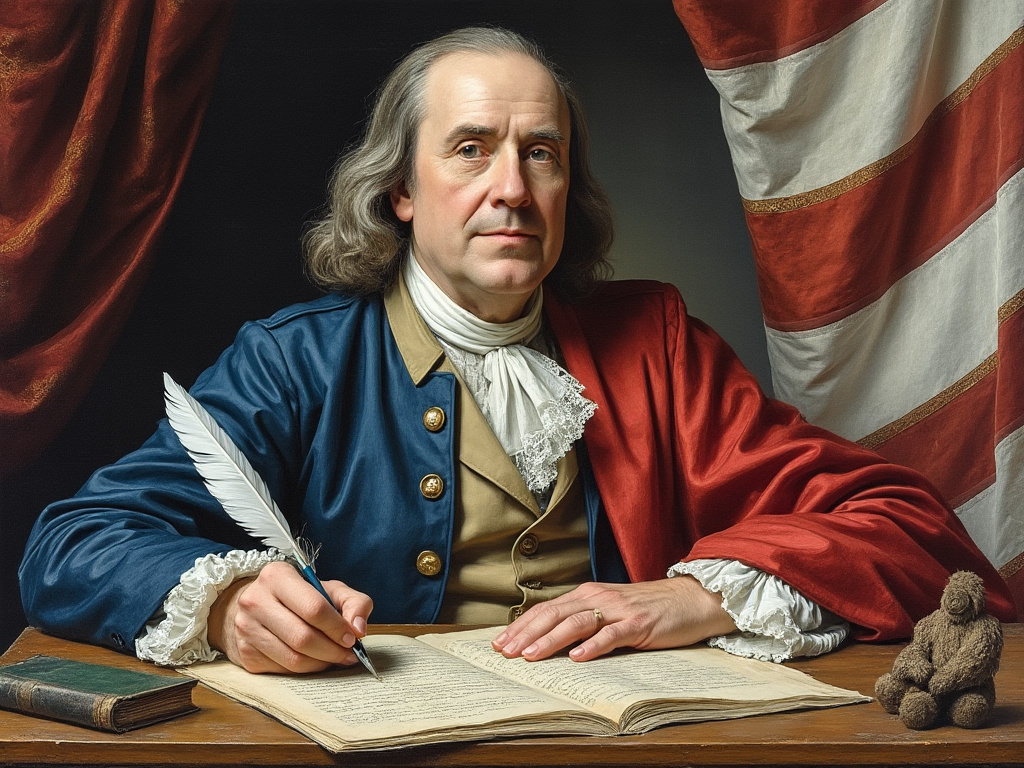John Buchan was one of those characters, larger than life. He was an author and a statesman, and profoundly Scottish. He was the son of a Scots Presbyterian minister, and is probably best known today for his book The Thirty-Nine Steps, published in 1915 That book was the first of six Richard Hannay novels—spy thrillers. …
American Color
Somewhere in C.S. Lewis, he was writing about how colorful the Elizabethans were, and he said that this was a gift that the English had apparently bequeathed to their American cousins. I think there is something to this, and perhaps it will help us to understand shoot cussing, slang, and other related . . . …
Octobletters
Letter to the Editor: A WBS request:Hello Pastor Doug,I realize by the time you read this letter Reformed X will have moved on to something else to grumble about, but I still haven't ...
This, Plus Nothing
“We cannot make a distinction between the saints of the Old Testament and the saints of the New in this respect. They may and do differ with regard to gifts and graces, but individual justification is the sine qua non of being a genuine saint of God. In all this we are discussing, and reaffirming, the traditional Protestant doctrine of the righteousness of Christ imputed to those individuals who are elect. This, plus nothing, constitutes the ground of their final acceptance before God.”
Coalitions and Weirdos
Dear Gavin, Thanks for the nudge. We apparently got distracted from our task. Your letter reminded me that we still have a considerable amount of ground to get to. So we already covered how it is okay to be white. Radical, I know. People who are white should be grateful to God for it, but …
Times of Refreshing on the Threshold of Doom
Acts of the Apostles (8): Sermon Video Introduction: Jesus Christ was a murder victim, killed by the ungodly men who ran the ecclesiastical machinery of ancient Jerusalem. They thought that ...
Other Saving Graces
“The kind of faith that God gives as a gift is always alive . . . when God has done this wonderful work, the faithful instrument does not shrivel up and die. It continues to love God and obey Him . . . Faith without works is a dead faith, and a dead faith never justified anybody. Saving faith is every accompanied by all other saving graces.”
But By What Standard?

Ground and Instrument
“Nor does God justify us because of our faith—rather He justifies us because of Christ’s obedience and work, and this is appropriated by us through faith.”
Content Cluster Muster [09-26-24]
A Call Back to the Days of Wholesome Entertainment: Just Right: More here . . . Have To Admit I Enjoyed This Exchange: A Song I Really Like for Some Reason: Avoiding a Government Shutdown: HT: Samuel Cherubin: Jan Min Featured Product: The Parables of Our Lord Jesus Harmonized:How are we to read and understand …









